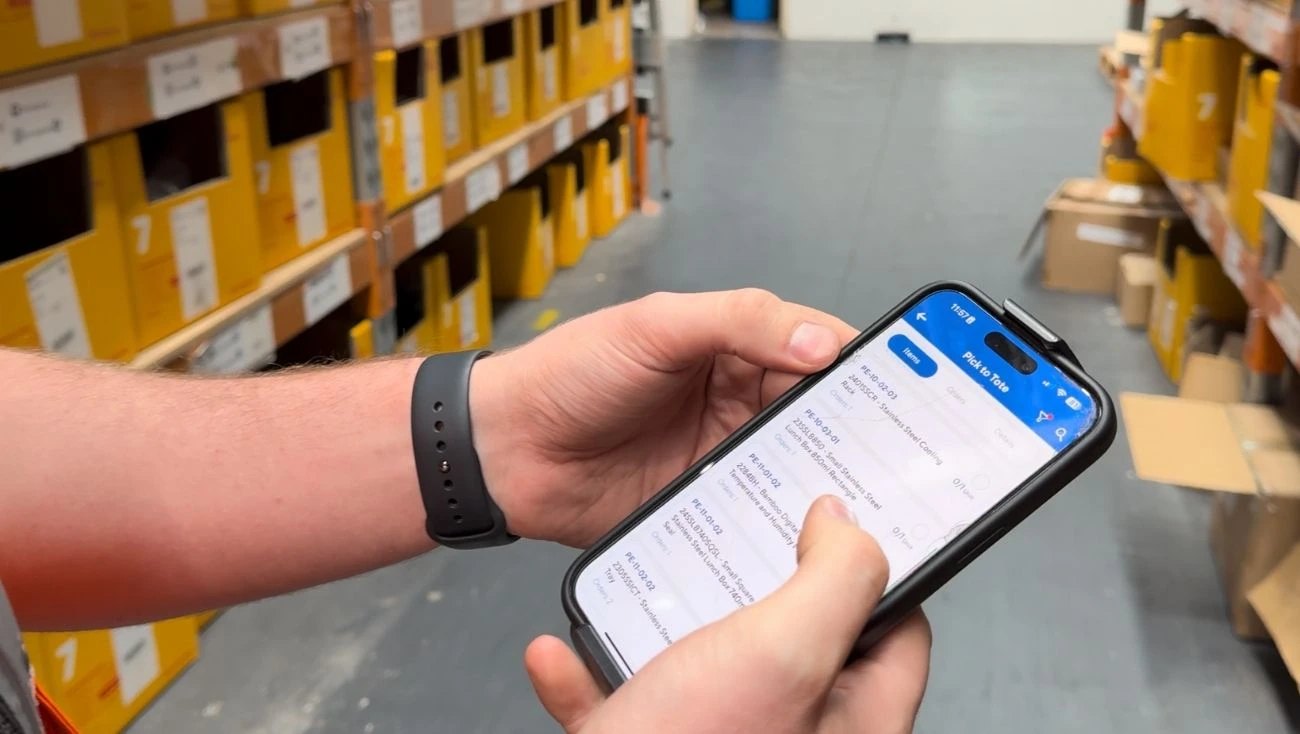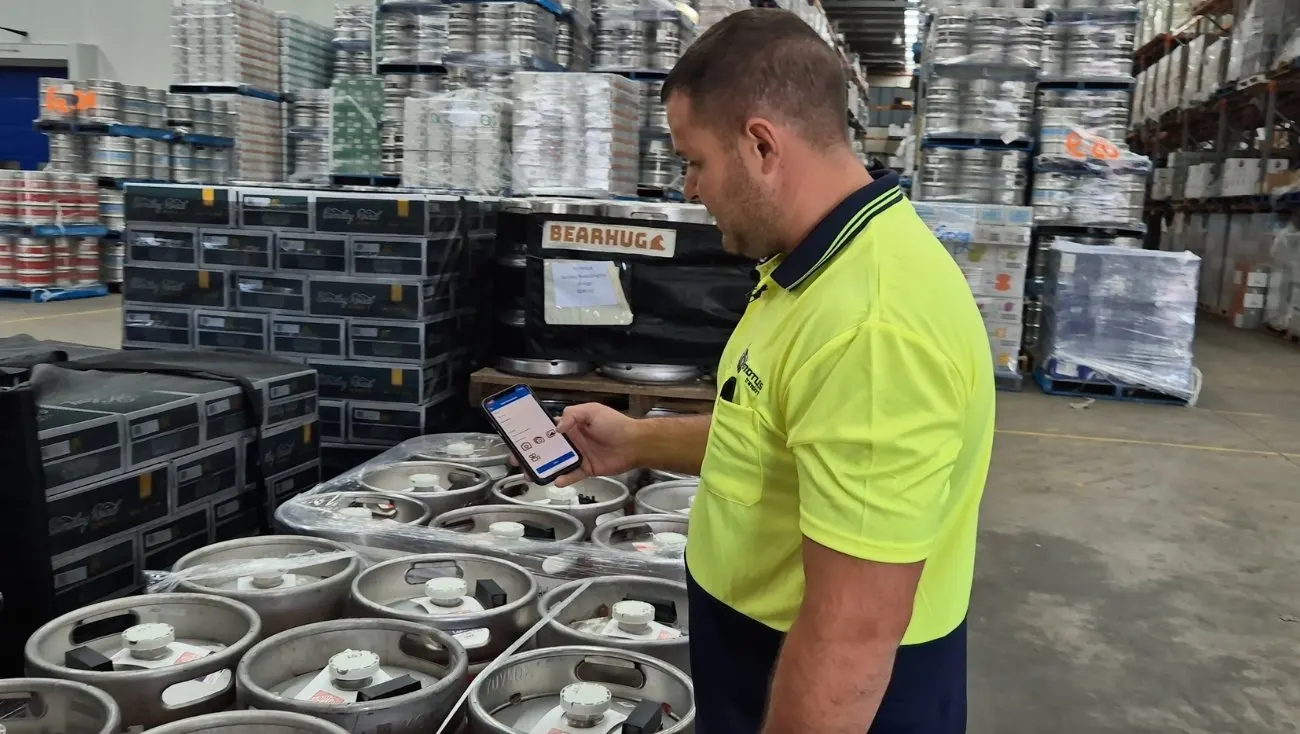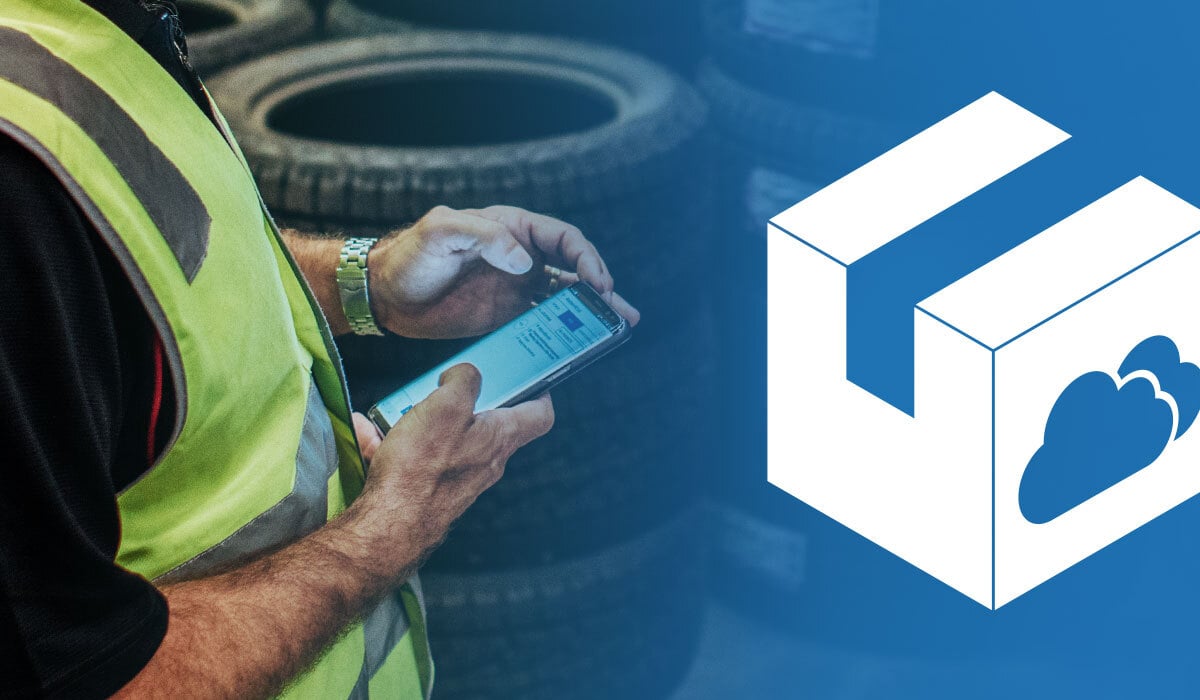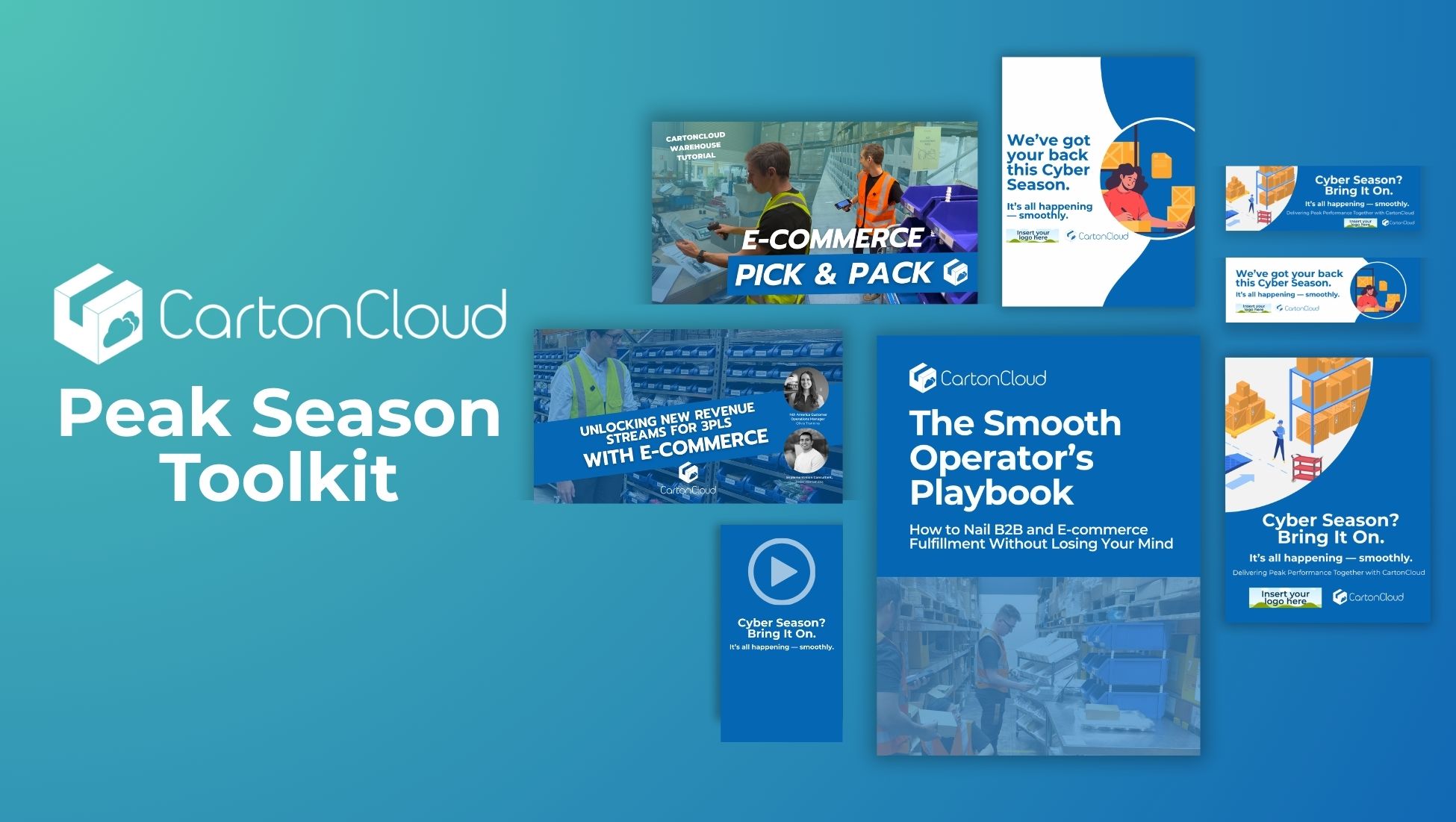Creating Value with a Real-Time Warehouse Management System


Switching out business-critical applications, such as a warehouse management system, can be a challenging undertaking. You may either be a new manager with a fresh set of eyes, or an existing staff member looking to make improvements. After conducting a review and suggesting that the legacy system in place needs to be replaced, no doubt you’re met with rolling eyes, and maybe even a collective groan by all those who have been involved in a previous systems change. They remember the ongoing migration, the need to re-learn how to do their jobs, and the issues they ran into while their teams worked with the vendor to get the application to work seamlessly. Who would go through that again?
While this knee-jerk reaction can be perfectly valid based on past experiences, it may be worth reminding those who were initially dismissive that while there are always some switching costs, powerful new systems, implemented properly, provide an enormous competitive advantage through efficiency, cost reduction, accuracy and controlled repeatability. And maybe the switch doesn’t have to be as disruptive as it was before?
As existing enterprise software applications slowly progress to the cloud, we’re witnessing a new breed of cloud-native applications emerging and grabbing big market share whilst the incumbents work out that the software game has changed. Rather than focusing their energy honing the persuasiveness of the salesperson to get a one-off sale of hundreds of thousands of dollars, these new businesses are focusing their efforts on providing applications which are easy to setup, address clients’ specific needs, easy to use, and make it easier than ever to send and receive data to and from other applications. This trend of shifting from extremely large, high-cost applications to smaller, more niche, easier to use applications is referred to as the Consumerisation of Enterprise Applications.
10 years ago, it was perfectly acceptable for warehouse management systems to be expensive, complex applications running on an in-house server with limited, complex, and very costly integration capabilities. Terminal services were used as methods of logging in, and once every few weeks the owners would copy the database to an external hard drive to take home in case of a system failure.
Today the requirements for warehouse management systems are entirely different. They have enabled small to medium businesses to compete in services traditionally provided by large scale corporations. As a result, their applications need to be highly-connected and cloud-native, seamlessly importing orders from eCommerce platforms (Shopify, Magento etc) and other cloud-based and non-cloud- based applications. They provide real-time updates to those platforms, notifying them via webhooks that stock has been picked, packed and despatched. They provide a connection to shipping aggregation platforms (ShippIt for example) and billing is automated and connected to your accounting system of choice. Lastly, terminal services are thing of the past. Staff are now able to access information from anywhere in the world, via an iPad.
The value that’s created by utilising a system like this is immense. Remind those who are opposed to the change that no longer will they be required to manually enter information, or type emails to provide customers with tracking numbers, or running out to the warehouse to check stock levels for customers any time they call to ask. Gone are the days of printing paper for the warehouse staff, as iOS apps and ruggedised Android devices take over. Rather than searching through in and out trays for handwritten notes, staff can find what they want quickly and easily with advanced search facilities, and clients can access information themselves without needing to make a phone call.
Articulate that this is not simply a like-for-like switch, but your vision for the future of your organisation and get your team rallied behind you as you move forward into the next phase of your business.
Written by,
Vincent Fletcher
Founder & CEO

Subscribe to CartonCloud




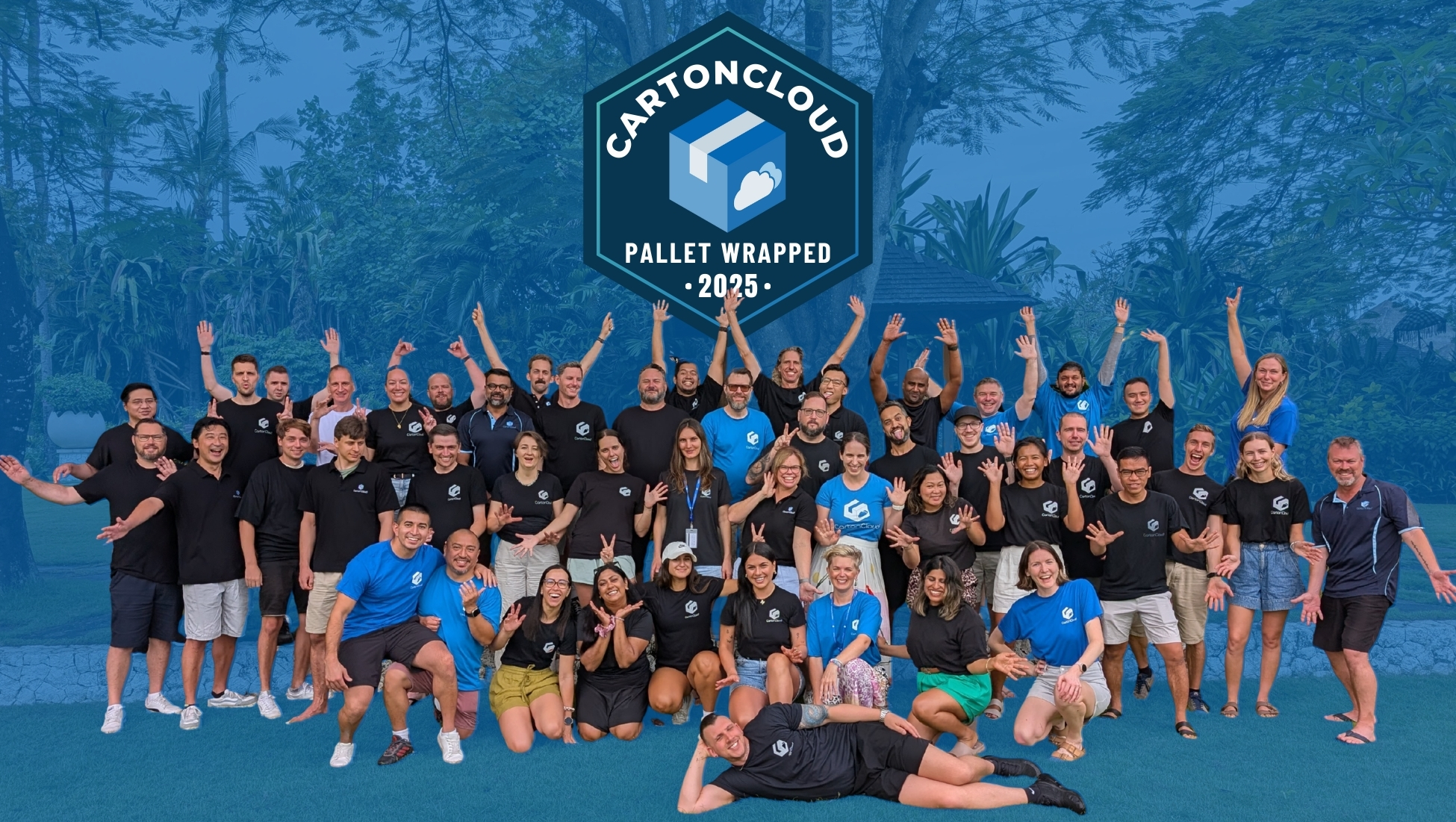
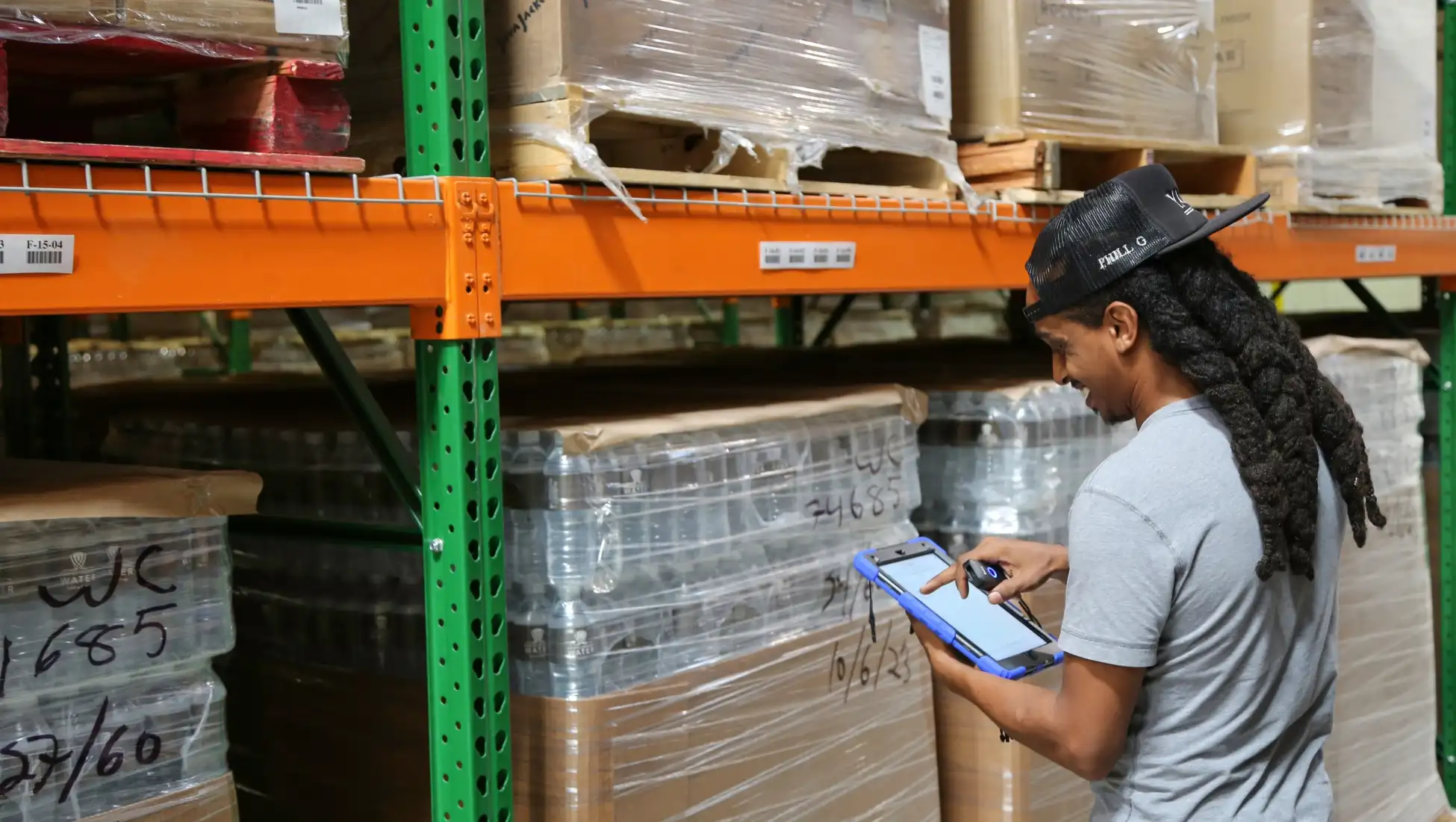
.webp)
